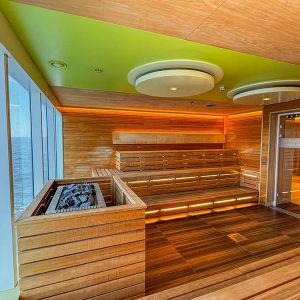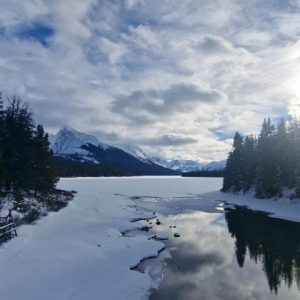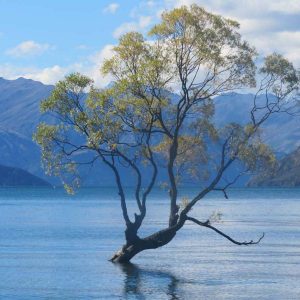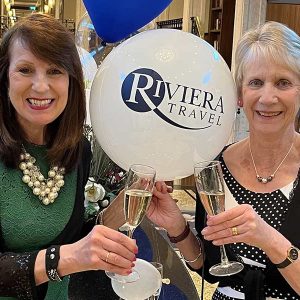Italy’s largest lake is also arguably its most beautiful (and, yes, I know lovers of Como and Maggiore will beg to differ). But in the dawn light of early summer, the still waters shimmer below a heat haze, the surrounding mountains are gloriously green and golden villages cluster at lakeside and hillside. It’s a sight that’s hard to beat.
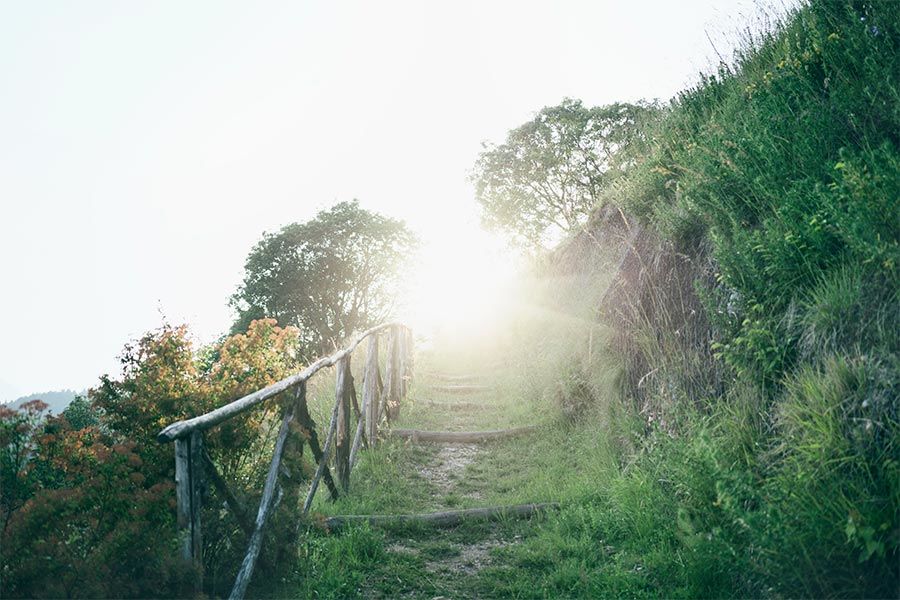
This is my morning view from up the hill at the Lefay resort and spa – and more on this later. At the bottom of that same hill is the village of Gargnano – and, if you’re a bit of a foodie, it might be interesting to know that this was last year the only village in the world to have four Michelin stars (sadly, one chef has moved so they’re down to a mere three now). It’s a region that is famous for its produce, in fact: olives, vines, fish from the lake, wild herbs from the hills.
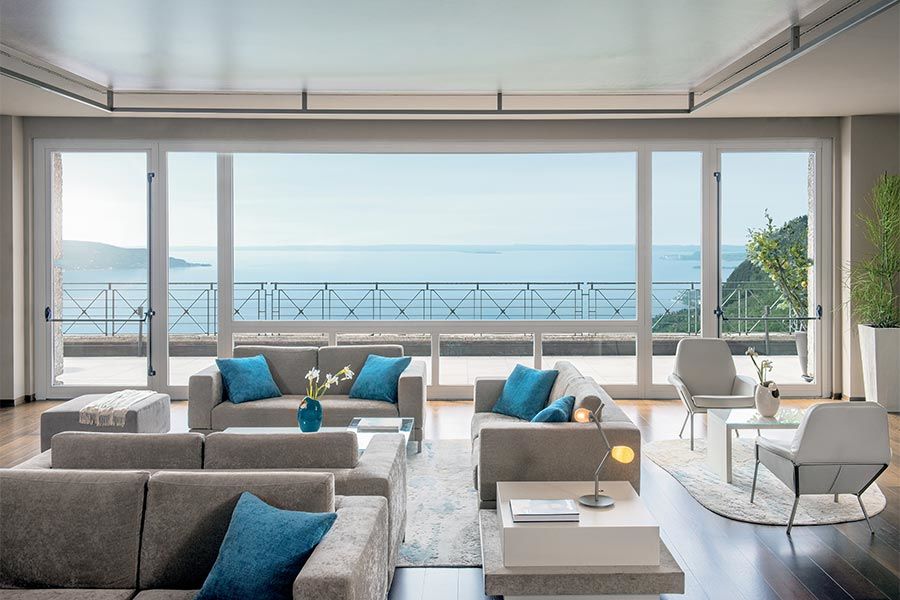
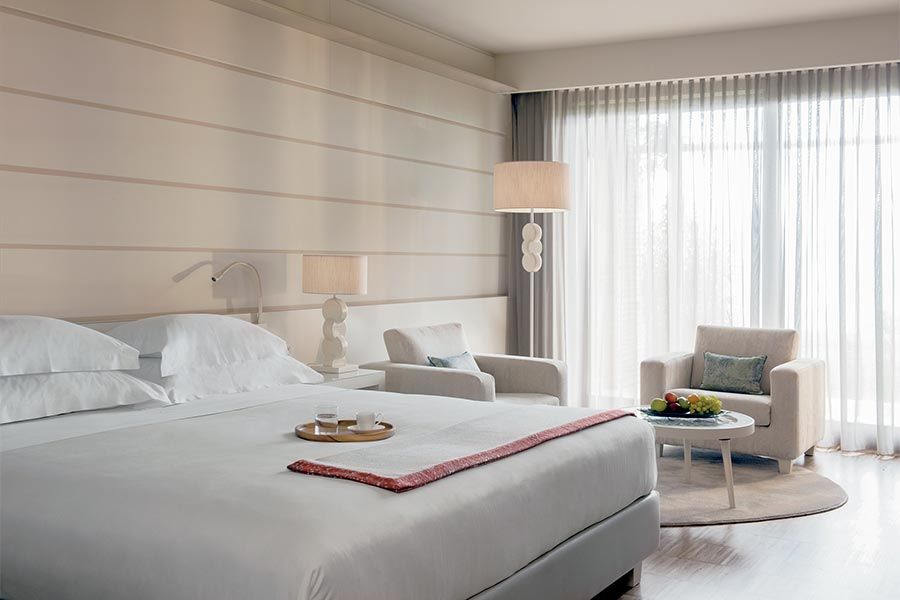
The most famous of them all, though, are the lemons. This area at one time supplied lemons to all of Italy and its northern European neighbours. However, because it can get pretty chilly in the winter – we are in the mountains, after all – the lemon trees were protected in winter by “limonia”. These lemon houses were simple structures – stone pillars supporting a wooden roof that could be removed in the summer to the trees would enjoy the sunshine. While the Italian lemon trade has now moved to Sicily (since the country was unified), the lemon houses are still there and a visit to a working lemon grove complete with its ancient buildings and machinery is fascinating.
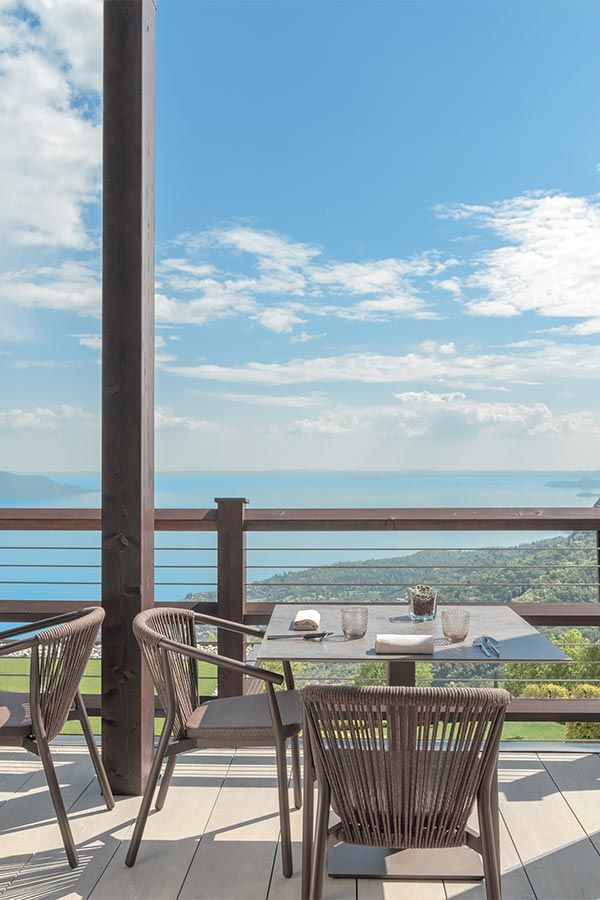
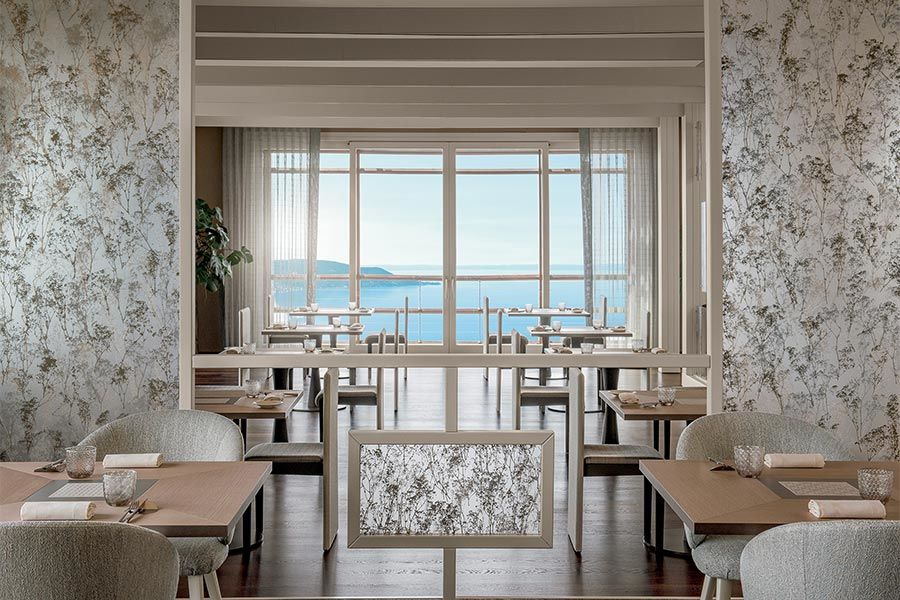
Lake Garda works well, too, if you like some activity while on holiday. You can of course sit on one of the shingle lakeside beaches but you can also walk in the hills or hire a bike (though, be warned, there are some steep slopes) or, of course, you can go to the lake itself. You’ll find lots of people come here for a swim and even more are out on the water in canoes or on paddleboards, fishing, wind surfing or (in restricted areas) in motor boats.
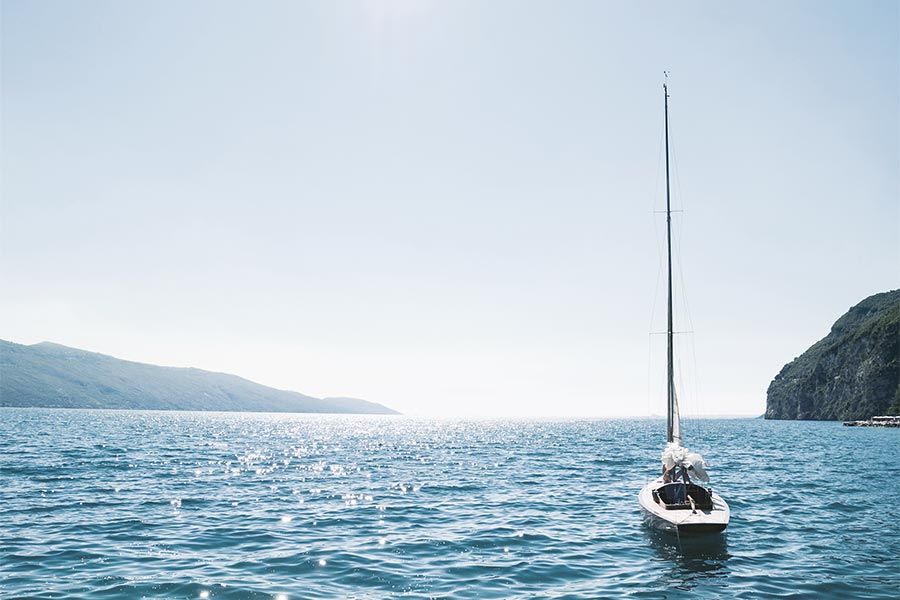
Spending a day on the water is the perfect way to explore the lake. Sailing out of Gargnano and past the coastline of the village gives you an entirely different perspective. There are lemon and orange trees, waterside restaurants under the bougainvillea and palaces of every colour. So, why so many very grand buildings in such a small village? The grandest palace of all belonged to Mussolini and, at one stage, was his centre of government. (It’s now a rather splendid super-luxury hotel, the Grand Hotel Feltrinelli.)
The lake is vast and it takes at least 30 minutes to cross even in a motorboat. You pass islands with even more unlikely palaces (often favoured wedding venues) and you can moor at one of the lakeside restaurants for lunch, tying the boat up to a wooden quay. At San Vigilio, a tiny hamlet opposite the village of Gargnano, in the restaurant of the same name, you eat fish fresh from the lake in the shade of the trees, your table right at the edge of the gently lapping water.
The food up the hill at Lefay is also excellent, not to mention super-healthy – this is not just a hotel and resort, it is, above all, a spa. You can get a burger while you sit by the pool but this is a place that prides itself on the freshness, the seasonality and the regionality of its produce. The results – in terms of what actually arrives on your plate – is exceptional but Lefay offers lots more besides its cuisine in a bid to improve your health. There is, of course, a vast spa – actually several spas located around the site. There are pools and Jacuzzis, steam rooms and saunas, a hamam and a floatation pool. This is possibly the most relaxing experience in the world – in water as salty as the Dead Sea, you just lie back and float inside a rather beautiful cave.


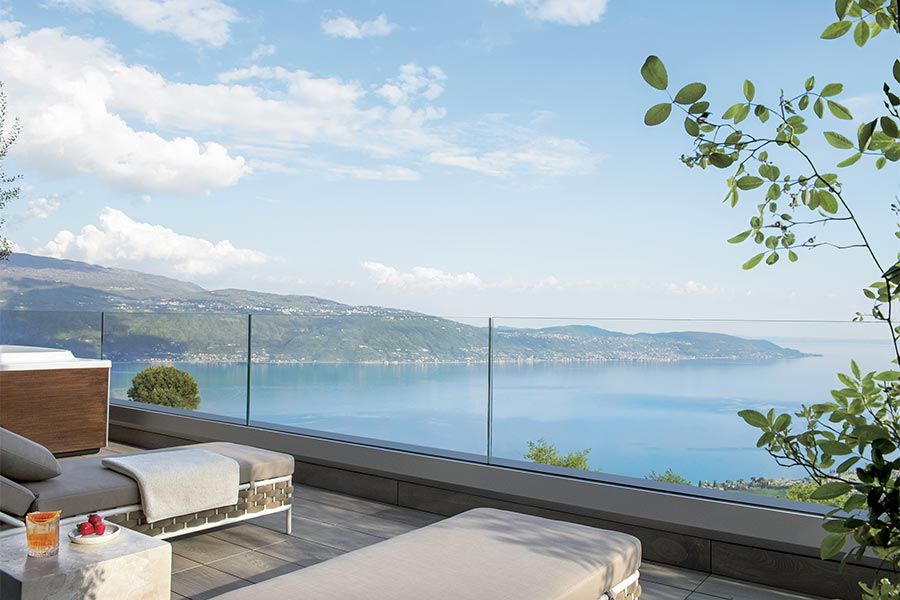
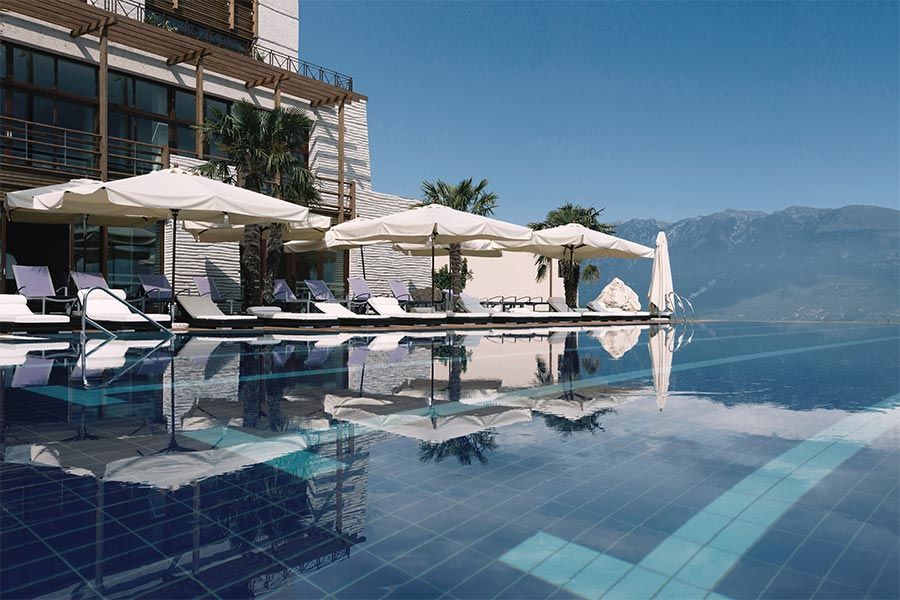
You can take this even further and enjoy all kinds of massages and facials or join one of Lefay’s programmes, specific to your particular aims. For instance, if you’re planning a long and healthy retirement (and who isn’t?), the Longevity Programme boosts your immune system significantly, while Qi Gong and anti-stress breathing techniques calm your mind and treatments to stimulate energy and the metabolism generally.

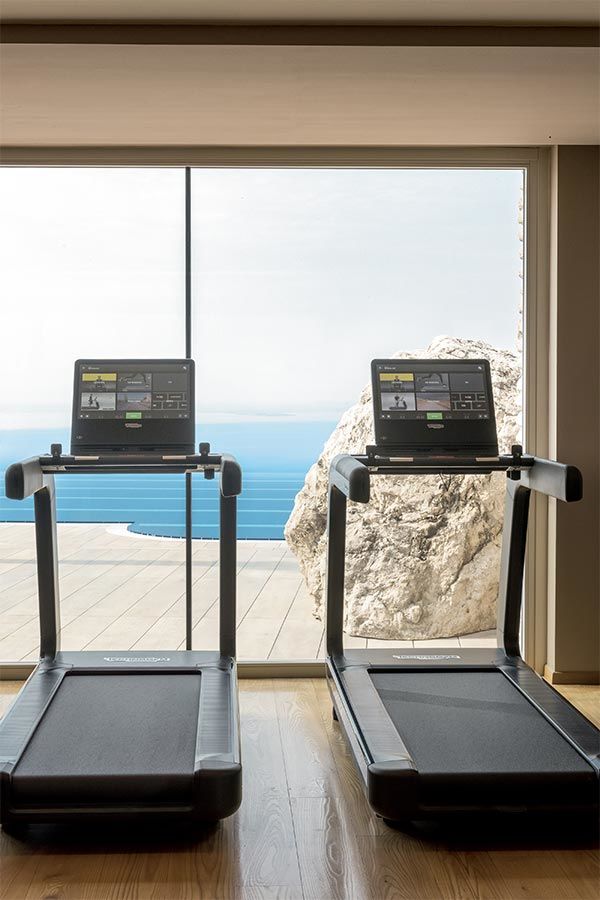
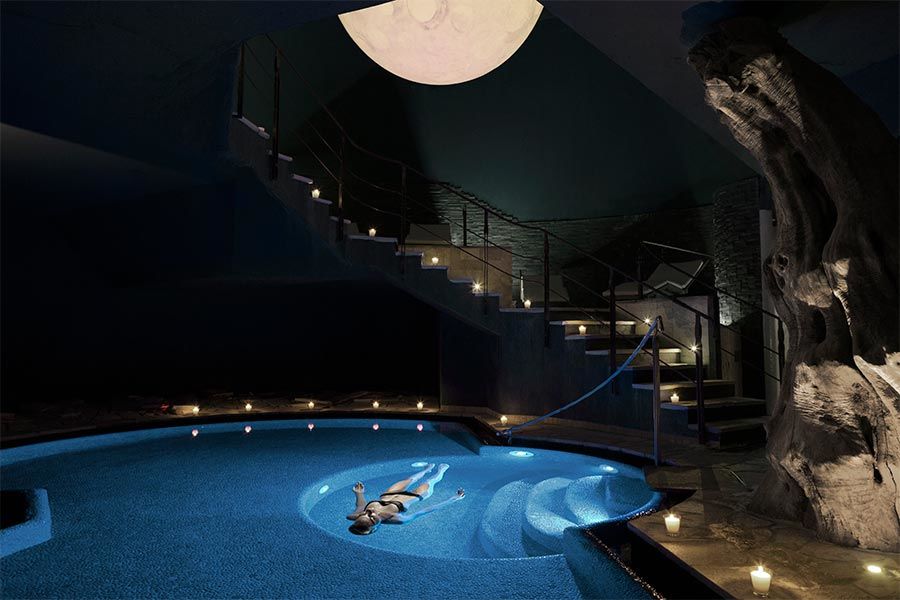
These may include treatments you have never heard of – for instance, cryotherapy. For three minutes, you stand (actually you move about stamping your feet and flapping your arms to hang on to some semblance of circulation) in something akin to a large shower cubicle where the temperature is set at minus (yes, minus) 89C. You wear a dry swimsuit and are given fleecy woollen boots, gloves and a hat as well as some white crocs for your feet. The process is known to aid recovery for injured athletes and it stimulates the circulation and immunity, ultimately improving longevity and health generally. So if you want a little extra with your next holiday, you might just consider a quick visit to a fountain of youth.
The five night Longevity Programme at Lefay Resort & Spa Lago di Garda costs from Euros 3,200 per person (GBP 2,763), staying in a prestige junior suite (double occupancy), including all meals and spa treatments in the programme. The cost excludes flights and transfers. (June 2022). Here’s the full list of treatments.

